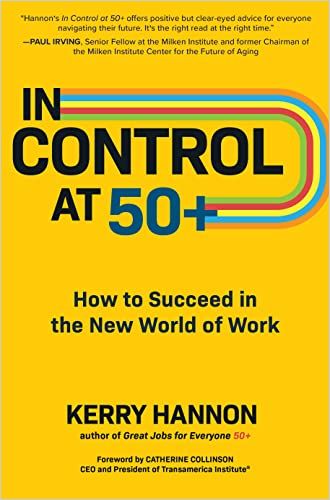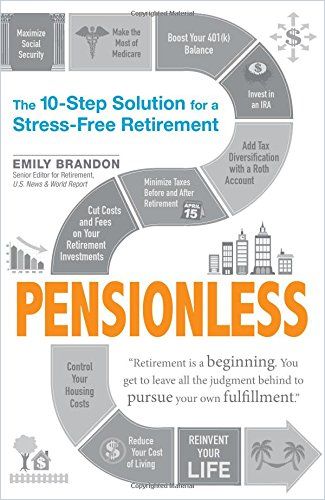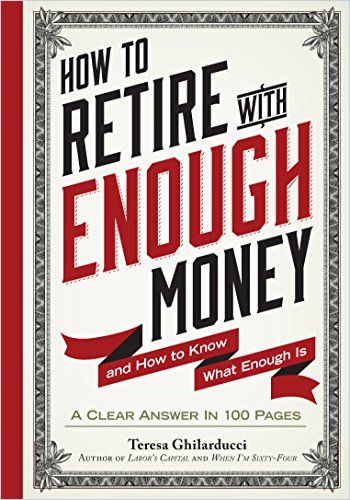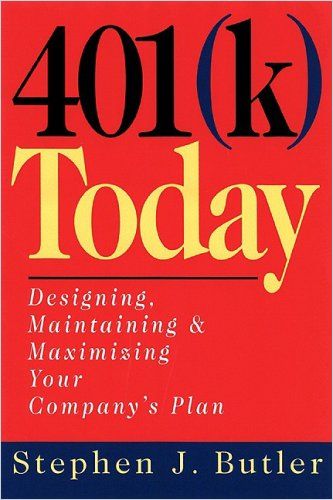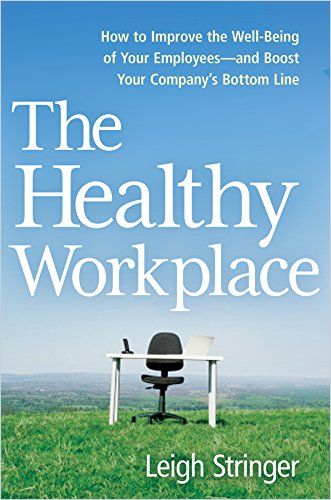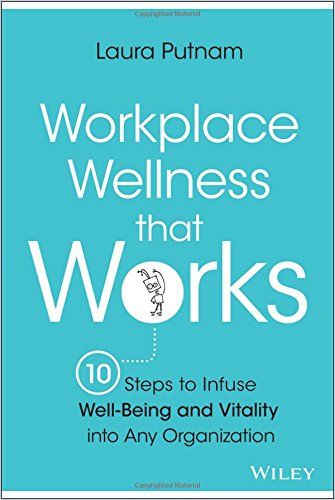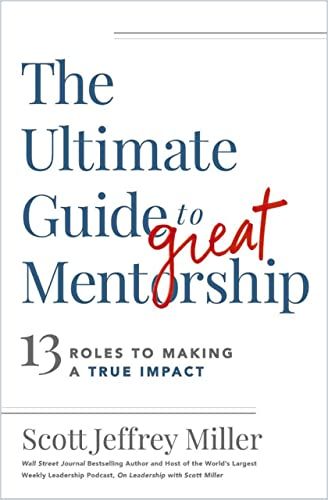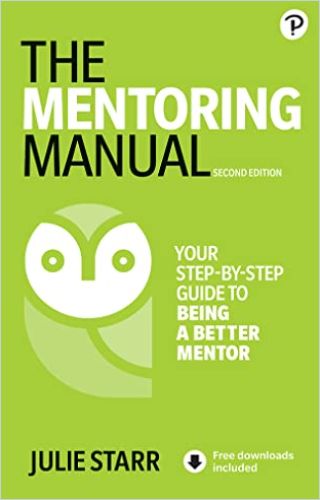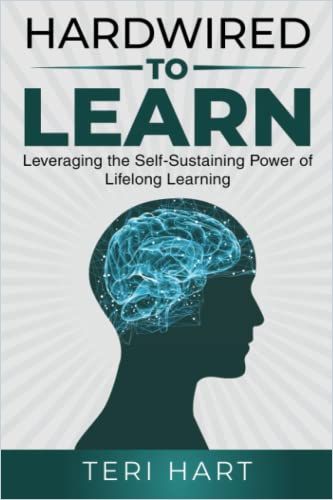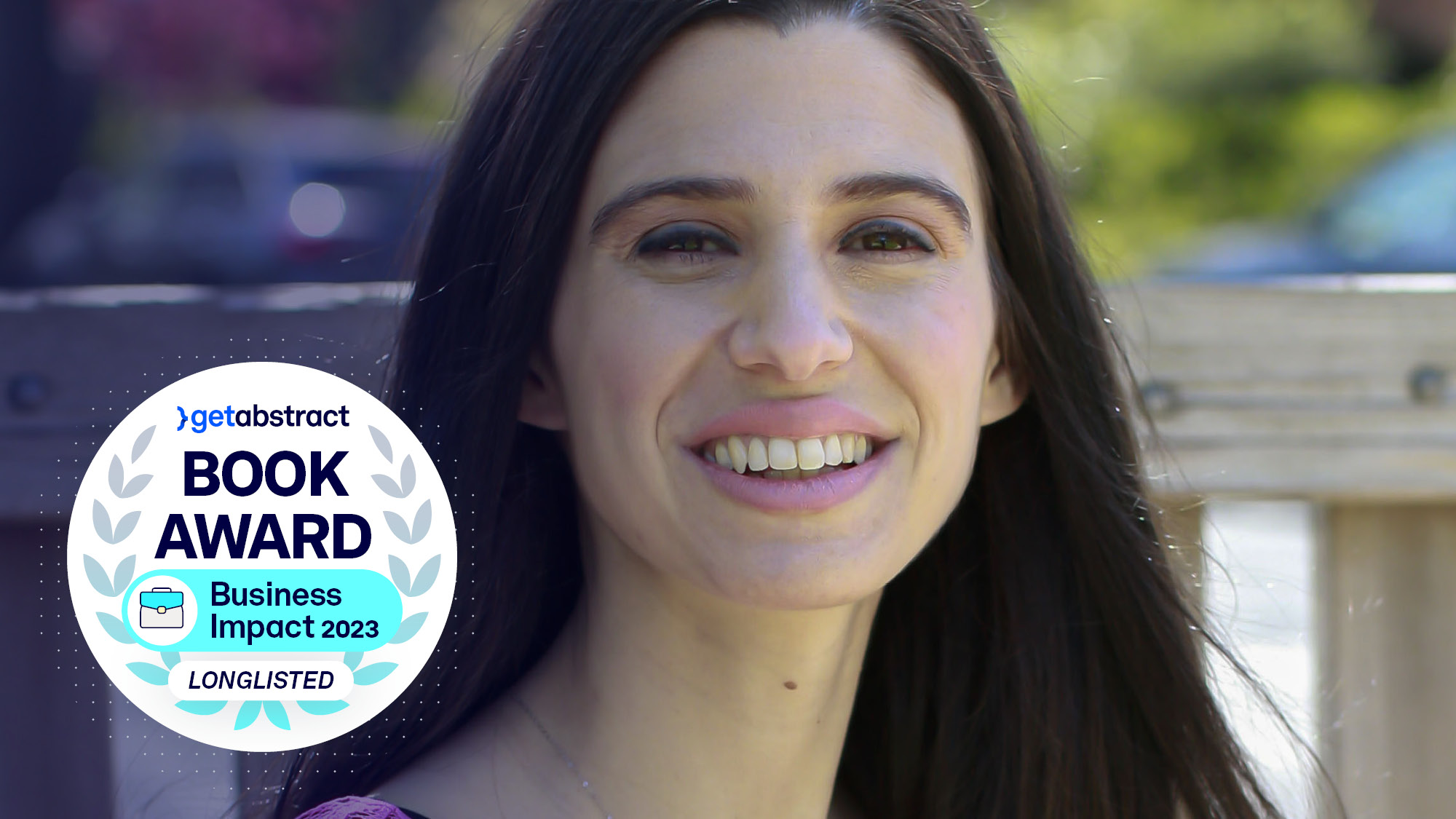How to Retain Older Employees

According to the National Institutes of Health, “[B]etween 2000 and 2020, the share of employed workers ages 60 and over doubled among men and women. Specifically, the percent of all employed men who are in that age range rose from 7.4 to 14.8 percent, while among all employed women it rose from 6.3 to 14.0 percent.”
And while the overall US labor force as a whole is “projected to grow by an average of just 0.6 percent per year between 2016 and 2026,” according to the Special Committee on Aging of the United States Senate, “the number of workers ages 65 to 74 is projected to grow by 4.2 percent annually and the number of workers ages 75 and above by 6.7 percent annually.”
Something is happening here: People of retirement age are working significantly longer than before, and more and more companies are recognizing the value of their older workforce. They developed strategies to keep and retain them beyond retirement age. Anyone who started doing this years ago, when it was long foreseeable that the retirement of the baby boomers would be a veritable exodus, has a clear advantage today, as you can no longer have a strategy discussion without hearing the word “skills shortage:”
The horror stories of utterly desperate HR and L&D departments who don’t know what to teach young career starters because all the company’s knowledge has recently retired come mainly from organizations that until recently sent ‘expensive older employees’ into early retirement with growing enthusiasm.
According to a 2020 study, only 4% of all companies in OECD countries have so far made efforts to do the opposite: to think about the issues of “age bias,” “lifelong learning” and “employee retention.” These create structures that enable them to tap into the rapidly growing pool of highly educated, productive and experienced retirees.
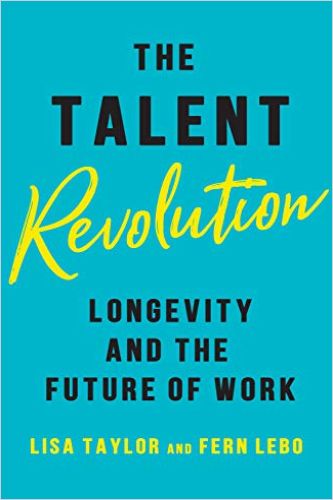
They focus on offering them further employment opportunities that “pick them up” in a changed life situation, taking new needs into account. What are these?
1. “Slow, forgetful, inflexible”
If you want to build these structures, you have to start by putting a stop to (often unconscious) discrimination against older people, also known as “ageism.” A scandal at IBM that came to light in 2022 is a bitter illustration of how not to do this: older employees were allegedly referred to as “dino babies” who should be turned into an “extinct species” – i.e., dismissed.
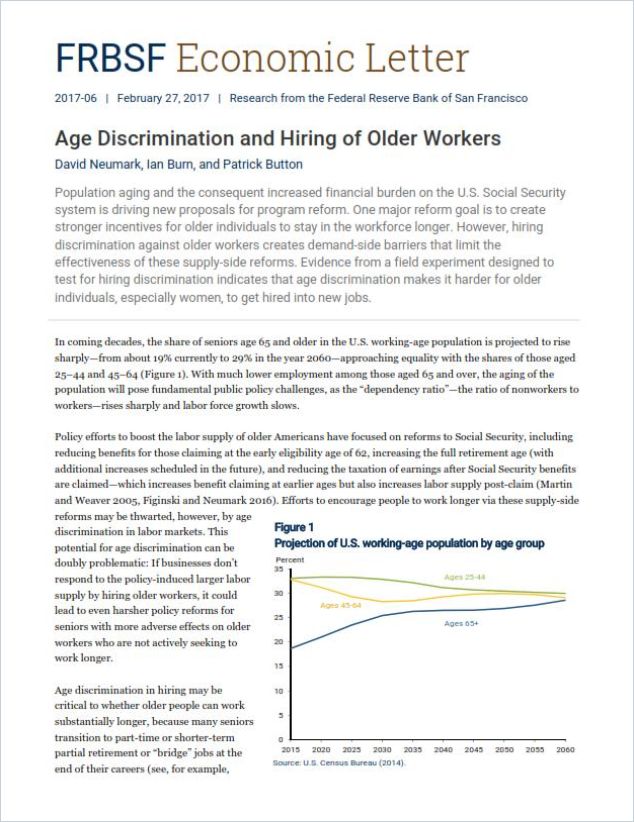
Age Discrimination and Hiring of Older Workers
Federal Reserve Bank of San FranciscoThe scandal illustrates this:
Older people are often considered slow, forgetful, less productive or inflexible.
After age 45, almost half the unemployed take a half-year or longer to find work again, writes Margaret Morganroth Gullette in Agewise. People in their 50s and 60s face dropping employment rates in this atmosphere. In the 1990s, 95% of men aged 50 to 55 were employed; by 2012, that figure had fallen to 77%, with a parallel loss of income, status, family security and retirement equity. What’s more, people who are discriminated against because of their age demonstrably suffer. Discrimination also weakens their self-esteem, health, motivation and productivity. And: surveys show that many companies do very little to combat ageism.
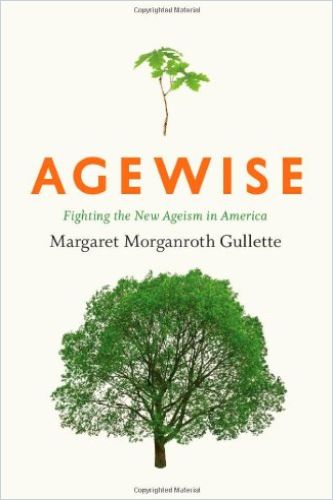
Only those who first recognize that people are capable of learning, willing to perform and motivated for longer will realize their potential in retirement age. Only those who also express this appreciation strategically can make the necessary adjustments in their HR department so that more people are interested in staying on.
The most significant levers are tailored retirement benefits, flexible working time regulations, made-to-measure upskilling, training and knowledge application opportunities.
2. Retirement Benefits
A solid pension plan or continued retirement benefits are significant incentives for staying with an organization beyond retirement age. These can include health insurance coverage, life insurance, and other benefits that help potential retirees maintain their quality of life.
Many companies, therefore, offer pension plans as part of their benefits package. However, around a third of American employees do not have access to a real retirement plan at work, not to mention pension entitlements. And the 401(k) and 403(b) models, the dominant engines of retirement wealth in the US, naturally have advantages and disadvantages:
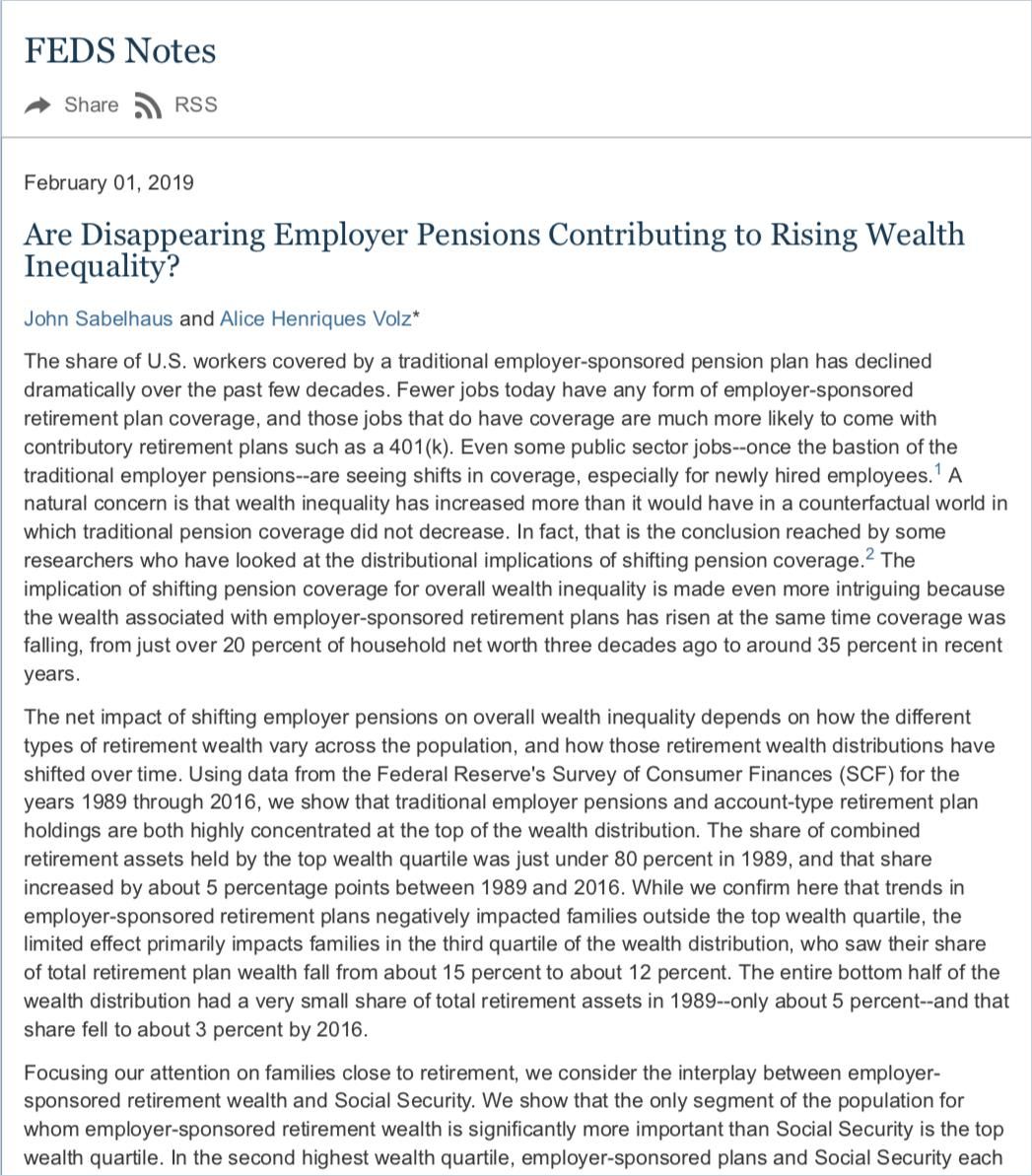
Are Disappearing Employer Pensions Contributing to Rising Wealth Inequality?
Federal Reserve Board, Washington, D.C. Read Summary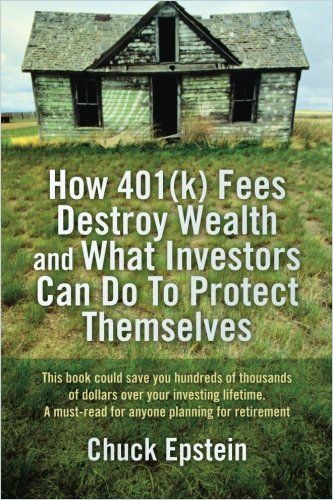
How 401(k) Fees Destroy Wealth and What Investors Can Do to Protect Themselves
CreateSpace Read SummaryWhat HR can do to take advantage of this incentive: HR can work to improve existing retirement plans, provide clarity in communication about retirement benefits, and offer one-on-one counseling sessions for employees nearing or in retirement to understand their specific needs better.
Especially in societies where government benefits for people of retirement age are meager or non-existent (such as the US), retirement benefits and attractive pension plans offer tremendous leverage to retain experienced workers longer and thus mitigate the skills shortage.
3. Flexible Working Arrangements
Flexible working hours or the option to continue working part-time or remotely can be very attractive for older employees who do not want to retire entirely from working life (or do not see any financial opportunity to do so). Those who retire have, in addition to the long-awaited “rest” or the daily hours reserved for the long-postponed “reading through” of their classic literature collection, one thing above all: the desire to do something purposeful with all the time they now have. That’s why many pensioners who can afford to cut back considerably fall into a hole after a few weeks, facing a crisis of meaning in which they feel that they are ‘no longer needed.’
Suppose HR maintains contact or even actively works towards continued employment. In that case, departments aware of this can use this circumstance to (re-)hire retirees part-time or seasonally and involve them in projects. After all, continuing to work in retirement is not necessarily a necessity, but can be a win-win situation:
Older workers take increasingly diverse paths to retirement. Fewer older workers are transitioning directly from full-time work to full-time retirement. Many workers transition to part-time positions with their current employer or a new one, while others become self-employed.
Special Committee on Aging, United States Senate
What can the HR department do? HR departments should create guidelines and framework conditions that enable flexible working hours, part-time or remote work – for people before and in retirement age. Clear communication and the necessary technology are critical because what retirees certainly don’t need are tedious discussions with inflexible HR staff or IT hurdles. Furthermore, HR managers should make contacting former employees a prerequisite in times of a talent crunch to determine whether they can imagine returning – even without prior agreements in the above form.
Worth knowing: In Denmark, the shortage of skilled workers has been countered for years by pointing to the “gray gold” on the retiree labor market. It is the country with the world’s “best pension systems” and, simultaneously, the highest rate of working people of retirement age. However, many HR departments have not realized this and continue to stereotypically assume that older people want nothing less than to return to their companies.
4. Upksilling and Development Opportunities
There is also a persistent rumor that older people are no longer able or willing to learn. Many HR managers talk behind closed doors about “calcified” more senior employees who are challenging to train and motivate – and they see this prejudice repeatedly confirmed in individual cases.
However, brain research knows that people continue to learn, even in old age. And even if some blockers are related to age (but primarily to physical and intellectual mobility or the preferences of individuals), a significant proportion of people of retirement age are not only “sprightly” but continue to be eager to learn and remain physically and mentally “fit” for much longer than just a few decades ago.
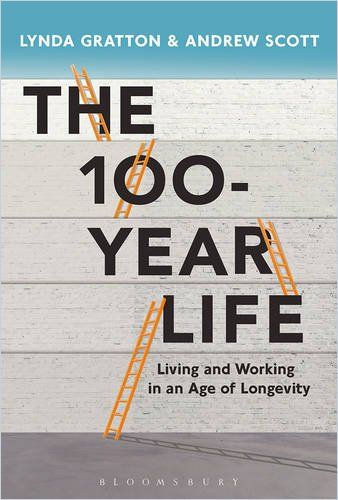
A suitable range of upskilling and development opportunities (training programs, workshops or educational resources) helps these retirees stay relevant to themselves and others, feel valued and keep themselves “going”.
Many companies have recognized that a committed and qualified workforce is essential. By investing more in training opportunities for retirees, they can benefit from the knowledge these people bring.
Implementation by L&D: L&D departments can develop tailored training programs and mentoring initiatives and provide resources to keep people about to retire updated with industry trends. Learn about the unique challenges L&D professionals face and how to deal with them here.
5. Health and Wellness Programs
Speaking of “sprightly,” providing health and wellness benefits such as gym memberships, wellness programs, or access to health services can be attractive to people who are soon to retire but want to maintain their wellness. Many want to protect their head from “calcification” – and the rest of their body parts.
The focus on employee well-being has increased over the years, and the expansion of these programs aligns with a holistic approach to employee care. Older employees may be healthy and fit for longer these days, but aches and pains and health problems are on the rise – and employees want to be sure that they are in excellent hands during this phase.
For those already retired, the possibility of being included in an excellent health package from their (former) employer may be a reason to reconsider a commitment: who, so the logic goes, is ‘paid’ to stay fit and healthy in old age?
Implementation by HR: HR can promote health and wellness initiatives, provide access to fitness programs (including for deserving retirees) and offer other health benefits to support employee well-being.
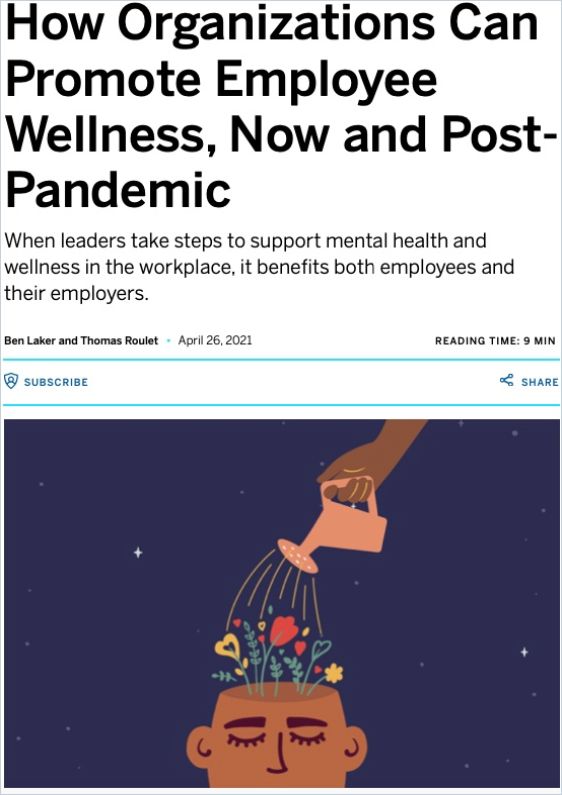
How Organizations Can Promote Employee Wellness, Now and Post-Pandemic
MIT Sloan Management Review Read SummaryExample: Johnson & Johnson is known for decades for its wellness programs. Although their approach is not specifically tailored to retirees, it is repeatedly highlighted positively. Further examples and tips on the topic (think “reverse engineering” for HR departments) can be found here:
6. Mentorship and Knowledge Transfer Programs
Encouraging retirees to act as mentors or participate in knowledge transfer programs helps pass on expertise to younger employees, ensuring continuity and retaining institutional knowledge. And because older employees often see mentorship as an opportunity to pass on “something” (knowledge, expertise, experience…), HR and learning departments don’t need to put much effort into motivation or negotiation.
Since older employees also value the presence and collaboration with younger colleagues and intrinsically wish to contribute to the development of future talent, this is also a win-win situation between the generations.
Specially developed mentoring programs can even be named after their mentor in the long term, if the mentor wishes, or gain broader influence in partnerships with other organizations (universities, schools, etc.), should more persuasion be required.
German industrial giant Bosch even has a standardized system for this in the form of a subsidiary called ‘Bosch Management Support,’ which places registered retired experts in the Group for temporary consulting and project tasks.
According to ManagerSeminare (German), “What began in 1999 with 30 employees is now an expert pool of over 2,400 employees worldwide”.
Implementation by HR and L&D: HR can promote mentoring programs to ensure a structured approach to knowledge transfer. L&D can provide resources for knowledge transfer and emphasize that older workers are precious for their experience in mentoring new employees – and for the sustainability of expertise in organizations.

Building Belonging for a More Diverse and Inclusive Workplace
Talks at Google Read SummarySuppose you start early on to maintain contact with experts in your own company even after they leave (which is always a good idea anyway). In that case, you will quickly build up a sizeable file that includes retirees ideally suited to mentoring roles.
Example: Boeing, among many others, has a highly regarded mentoring program for decades that focuses on knowledge transfer and goes far beyond mere internals. Although it is not exclusively for retirees, it demonstrates the importance of knowledge sharing.
7. Managers and Legacy Building
“Building a legacy” plays a significant role for many senior executives who are on the cusp of retirement. These people have been associated with the organization for decades, and hardly any of them want to leave it in conflict or leave nothing behind – quite the opposite:
For many, especially those who find meaning and purpose in their work, prolonging a career into older age is not just a means of preserving income but furnishing life with a network of other friends and colleagues and an outlet for intellectual energy and curiosity.
Fortune
This desire contains several employee retention incentives that HR departments can utilize: The idea of leaving a lasting impact or making an essential contribution to the company even after ‘officially’ leaving the company is intrinsic and, in contrast to material benefits, which often play a rather subordinate role towards the end of working life, becomes ever more assertive in successful partnerships and employment relationships.
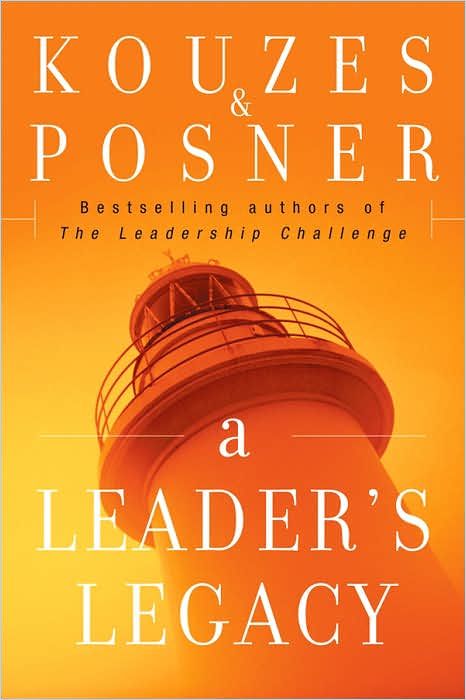
It, therefore, includes elements that go beyond the immediate personal benefit. To recognize this potential, HR departments must do one thing above all else: seek an exchange with such people as early as possible and focus on wishes, goals and what has been “left behind” in creating professional meaning. Reverse engineering proves to be a valid tool here: only those who know what retirees (and those who will soon be retirees) still want can consider how these ideals might fit in with their offer or how to create one for them.
